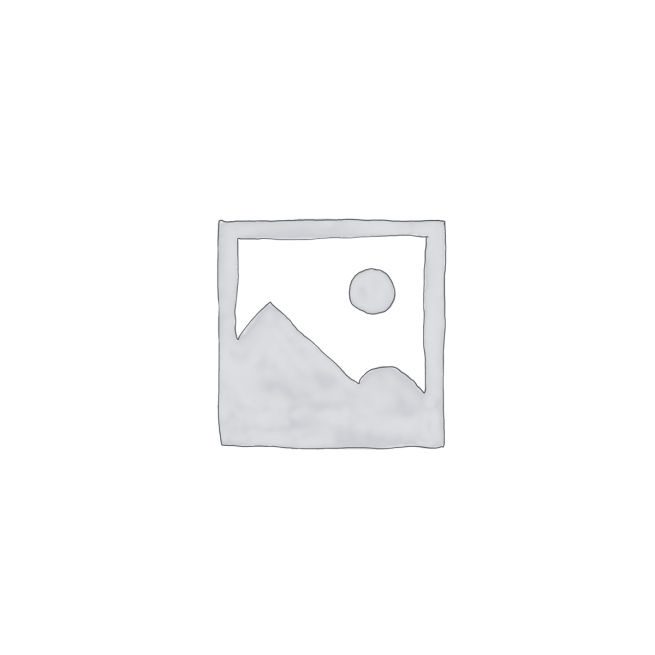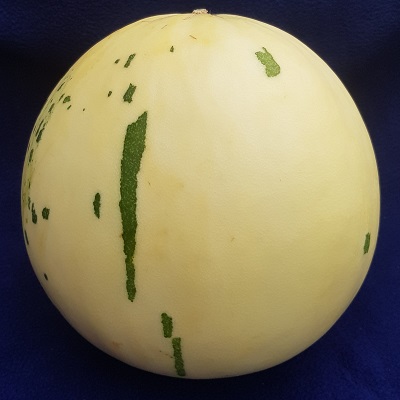Charantais are delicious orange-fleshed melons. The Charantais melon has a slightly flattened round shape and has a semi-netted grey/green surface which is usually noticably sutured. There are smooth-skinned and netted variants of the fruit. The Charantais is regarded as the connoisseurs melon due to its depth of flavour, sweetness and aroma. There is nothing quite like a good Charantais for flavour, but they are not the easiest melons to produce, so tend to have limited distribution and are more expensive than other types.
It is safe to say that Charantais is the favourite melon of France, where it is prized for its aroma, flavour, soft flesh and sweetness. It is not the easiest melon to grow and sell as it is delicate and has a short shelf-life, but the intensity of the eating experience makes it worthwhile.
Due to the difficulty in transporting and retailing Charantais, and due to cost, most supermarkets in UK avoid selling it, though Waitrose and M&S will make an attempt. It is therefore only to be found in discerning green grocers and market stalls during its season.
In recent years, new varieties of Charantais have been bred to try and address the shelf-life issues: these are various hybrids which look similar to Canteloupes. Often, however, these varieties have quite firm flesh and reduced flavour and aroma, which somewhat defeats the objective.
Ripeness and Quality:
A good Charantais melon always has a distinct aroma, which, if absent, is usually an indication of immaturity. The fruit is a little softer than more common melons, but avoid fruit that is clearly softening, especially if there are signs of brown lesions on the skin.
Good Fruit Guide Rating: *****
A good Charantais is one of the most alluring of melons and well worth seeking-out.
Aroma, flavour, sweetness.
Names: Charantais; Cucumis melo var. cantalupensis; French Canteloupe
Origin: Charentais are a cantaloupe-type melon. They originated in the Poitou-Charentes region of western France.
Grown in: Due to the short shelf-life of Charantais, production for the UK needs to be relatively nearby. The fruit for the UK market comes mainly from France and Spain, but some early production comes from Senegal and Morocco.
Harvest & Availability:
- January:
- February:
- March:
- April:
- May: Senegal, Morocco
- June: Spain
- July: Spain, France
- August: France
- September: France
- October:
- November:
- December:
Websites:




Reviews
There are no reviews yet.